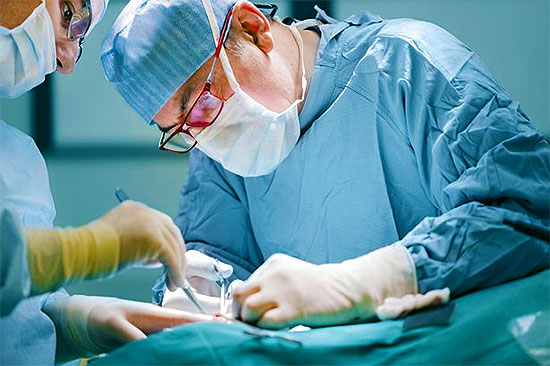Some of the hemorrhoid surgeries can be performed in a doctor’s clinic without anesthetic, whereas other types of surgeries can only be performed at hospital. Here are different types of surgeries suggested by the author of Hemorrhoid No More Review.
Banding
Banding or rubber band ligation is a small procedure to treat internal hemorrhoids. It can also be done at doctor’s office. It involves using a tight band at the base of hemorrhoid to stop its blood supply. It usually needs 2 or more procedures with a gap of 2 months in between. It isn’t painful; however a mild discomfort or pressure is felt. Banding is suggested for sufferers on blood thinners as there is a risk of bleeding problems.

Sclerotherapy
Sclerotherapy is another procedure to treat internal hemorrhoids that is done at doctor’s office. A chemical is injected in hemorrhoid, which causes the hemorrhoid to shrink and stops bleeding from it. There is little or no pain in it and has fewer known risks. It is better for patients on blood thinners as it doesn’t require cut open on skin.
Coagulation Therapy
Coagulation therapy or infrared photocoagulation is another hemorrhoid treatment that can be done at doctor’s office by using heat, infrared light, or extreme cold to retract and shrink hemorrhoid. It is usually done along with an anoscopy which is a visualization process in which a scope is inserted few inches in the rectum. Only cramping and mild discomfort is expected during treatment.
Hemorrhoidectomy
Hemorrhoidectomy is a process that is done in hospital to treat large external and internal hemorrhoids that have prolapsed. Surgeon decides which best anesthesia choice is best;
- General anesthesia – take you to deep sleep.
- Regional anesthesia – It numbs a certain portion of the body like lower or upper abdomen.
Local anesthesia, which numbs only rectum or anus.
After anesthesia, the surgeon cut the large hemorrhoids and then patient is kept under observation. The expected risks are pain and infection.
Hemorrhoidopexy
Hemorrhoidopexy or stapling is also a surgery to treat prolapsed hemorrhoids, done under anesthesia in hospital. Surgical staples tie the hemorrhoid back inside your rectum to cut the blood supply. By this tissues get shrink and reabsorbed. Its recovery time is less and is less painful than hemorrhoidectomy.
You can expect rectal and anal pain after having hemorrhoid surgery. Your doctor will probably prescribe a painkiller to ease the discomfort. The patient feels anal and rectal pain after surgery. Painkillers are usually given, however you can aid it with taking high fiber diet, keeping yourself well hydrated (10 glasses/day) or use stool softener to avoid strain during bowel movements.
Article Resource:
http://www.leahsfitness.com/hemorrhoid-no-more-review/
